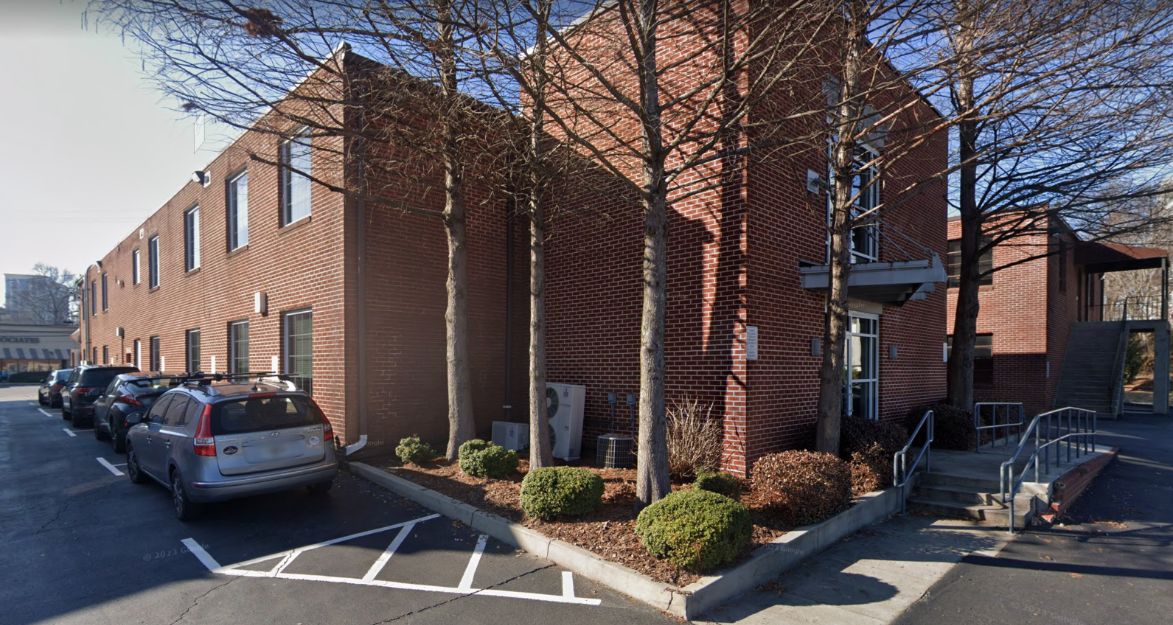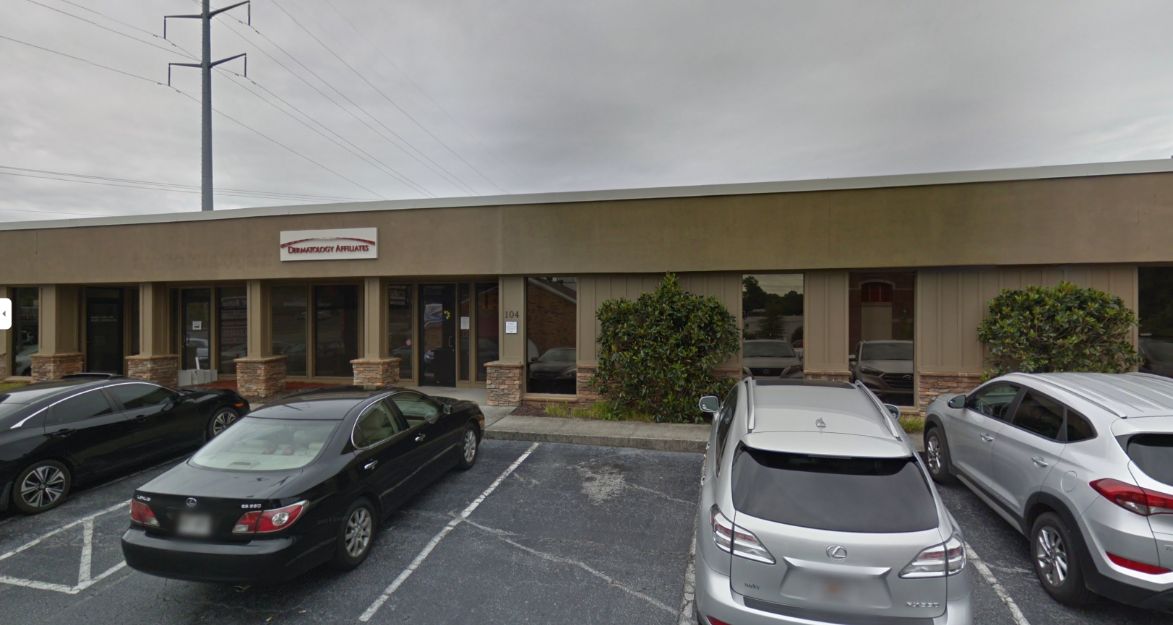Alopecia and Hair Loss
If you are experiencing hair loss or other symptoms related to alopecia, scheduling an appointment with a dermatologist at Dermatology Affiliates is a proactive and necessary step. Dermatologists are trained to diagnose and treat a wide range of skin and hair conditions, and they can provide personalized treatment plans based on your specific needs.
Examples of Alopecia and Hair Loss

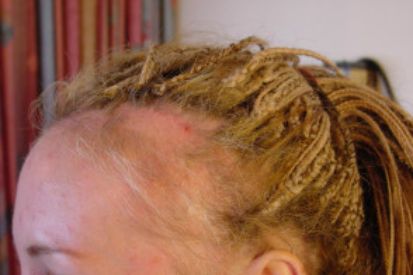
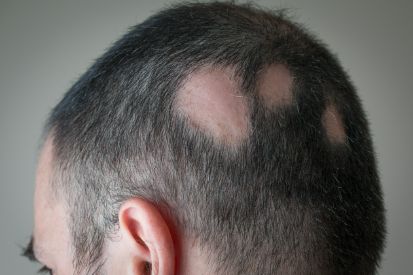
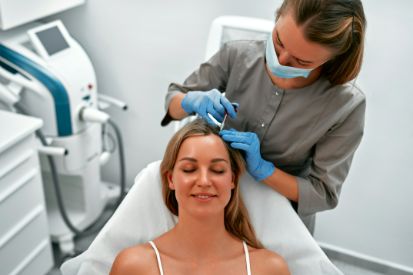
What are the Symptoms of Alopecia?
- Alopecia areata: skin loses hair in round sections of varying size.
- Alopecia areata totalis: complete loss of hair on the scalp alone.
- Alopecia areata universalis: loss of hair everywhere on the body.
- Sudden appearance of a small number of round hairless patches on the scalp, followed by total scalp hair loss.
- Some experience gradual thinning as well as itching associated with their hair loss. It will typically take 6 months for total hair loss of the scalp.
What are the Causes of Alopecia?
- Genetics and hormonal changes can cause alopecia.
- Autoimmune conditions like alopecia areata prompt the immune system to attack hair follicles.
- Medical treatments, hormonal fluctuations, infections, stress, and nutritional deficiencies can contribute to hair loss.
- Alopecia may result from tight hairstyles.
- Certain diseases and aging can lead to gradual hair thinning.
How to Prevent Alopecia
Alopecia and Hair Loss FAQs
Whether hair loss can be reversed depends on its underlying cause. Some forms of hair loss can be treated and potentially reversed, while others may be permanent.
Losing some hair daily is a normal part of the hair growth cycle, with an average loss of 50 to 100 hairs per day. If you experience substantial hair loss resulting in noticeable thinning or bald patches, it may signal an underlying problem. If you observe increased hair shedding or changes in hair density, it's a good idea to schedule an appointment with your dermatologist.
Certain hairstyles that exert excessive tension on the hair, such as tight ponytails, braids, or hair extensions, can lead to a condition called traction alopecia. This type of hair loss occurs due to the constant pulling and stress on the hair follicles. Additionally, using harsh hair products, frequently styling with heat tools, or undergoing chemical treatments can cause significant damage and breakage to the hair. To minimize the risk of hair loss and damage, opt for gentle styling methods and choose hair products that are specifically designed for your hair type. Adopting these practices helps reduce stress on the hair shaft and promotes overall hair health.
Androgenetic alopecia, or male-pattern and female-pattern baldness, impacts both men and women, though the patterns and progression vary. Men commonly face a receding hairline and thinning at the crown, while women usually experience diffuse thinning across the top of the scalp. Additionally, conditions like telogen effluvium and alopecia areata can affect both sexes.
From our QualDerm Family of Brands: Get to the Root of Your Hair or Nail Issue
Alopecia Treatments
Medical treatments for alopecia aim to address underlying causes and stimulate hair regrowth. Common approaches include but are not limited to:
- Topical and oral medications.
- Light therapy.
- And in some cases, surgical procedures.
Individuals experiencing hair loss should consult with a dermatologist to determine the most suitable treatment based on the type and cause of alopecia. Schedule with one of our experts today.
Featured Blogs
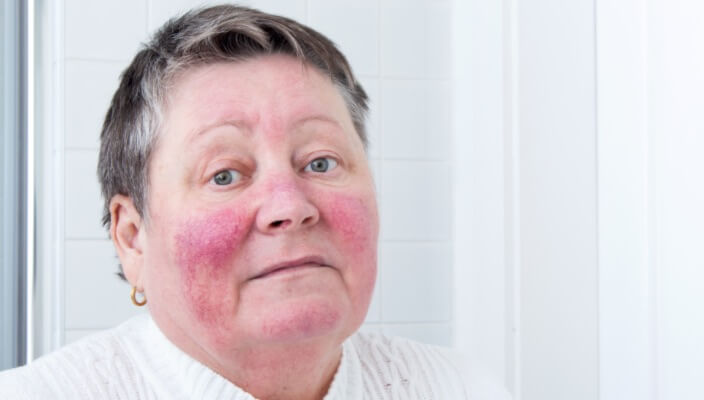
- General Dermatology
- Chronic Skin Conditions
Your dermatologist or dermatology PA can help you treat your rosacea and reverse the damage it has caused.
Read More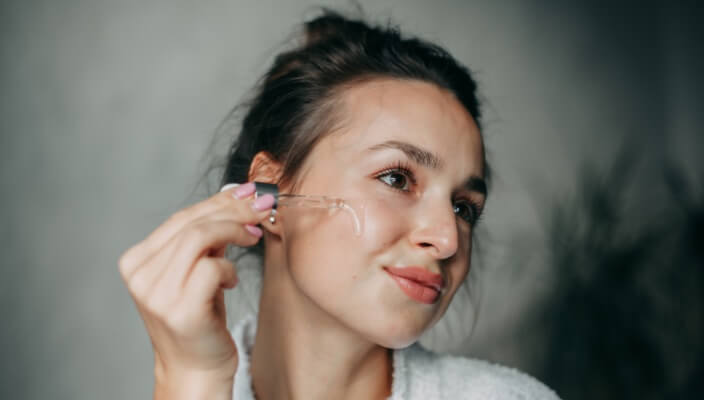
- Skin Care
- Botox
- Cosmetic Treatments
Retiniods are proven to combat fine lines, brown spots and improve texture, “tret” has been shown to enhance collagen production, even skin tone, unclog pores, and smooth skin texture.
Read More
- Skin Care
- Cosmetic Treatments
Entering their 40s warrants special attention to neck care. Often overlooked until signs of aging have already manifested, it's imperative to begin applying sunscreen to the neck daily.
Read MoreFeatured Products
Check your local office for current stock!
Check your local office for current stock!

